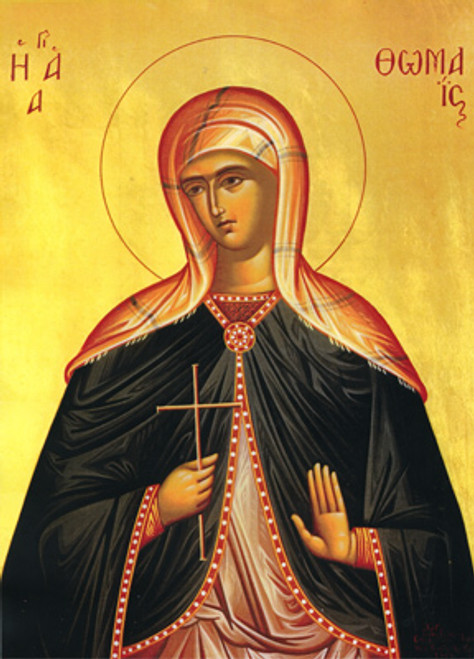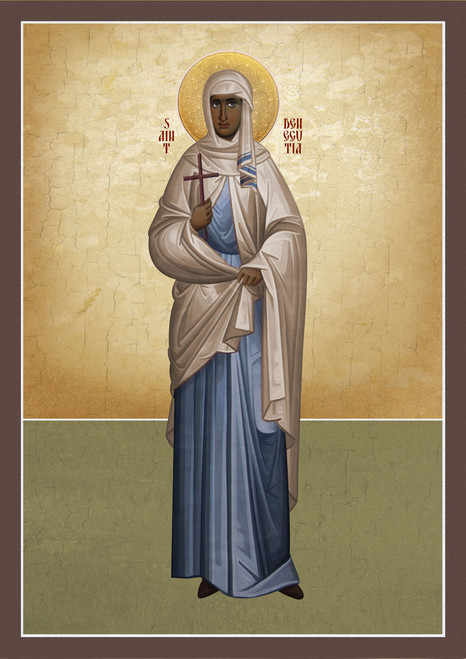Saint Lea of Rome
Commemorated on March 22nd
St. Lea of Rome is known only through the testimony of her beloved friend, the learned St. Jerome. We know that she lived contemporaneously with St. Jerome during the 4th Century. She was a noblewoman of Rome, born into wealth and privilege and married up the social ladder. However, soon after her marriage she was widowed and left in a very financially sound position. Instead of retiring as a wealthy widow, however, she joined a convent of consecrated virgins in the city—shedding all the money and social standing she possessed. In later years she was named the prioress of the convent.
During her tenure in religious life, it seems she become well-acquainted with St. Jerome, whose account of her stands as one of the primary sources of evidence for her existence and age-old veneration as a saint. It appears that she died in 384 while she was reciting Psalm 73 (alongside St. Jerome). In a letter relaying her death to others within the city of Rome, St. Jerome writes to St. Marcella that St. Lea, a woman of austerity, obedience and remarkable penances had died. He described her as “blessed,” emphasizing the woman’s virtues as being worthy of heaven.
There are several legends about Teilo during his time in Brittany. According to one, he saved the local people from a winged dragon which he tamed and then kept tied to a rock in the sea. In another, when a local lord offered him all the land he could encircle between sunset and sunrise, Teilo chose to ride on a stag to cover as much ground as possible in the time available.
Several churches in Brittany are dedicated to St Teilo, including the church at Plogonnec, Finistére, and the Chapel of Our Lady in Kerdévot. In both cases he is shown wearing bishop’s robes and mitre, and is seated on a stag, no doubt in reference to the legend.
St. Jerome described St. Lea’s moving from the highest echelons of Roman society to the virgin’s convent as her “living like a fool on earth.” Indeed, this seems to be the Christian life. St. Paul says that “the language of the cross” is “illogical” and culminates in “the foolishness…that we preach” (I Cor. 1:18, 21). It does seem silly sometimes trying to live our Faith. We don’t look “normal.” But, then, again, “normal” is a relative term. Certainly in today’s society anything looking remotely Christian (let alone authentically Catholic) is radically abnormal. Yet, this is precisely what we are called to do—to be in the world, but not of the world. To live on the earth, but to look foolish as we wonder toward sights unseen, toward mystical and spell-bounding mirages revealed to us clearly by our Faith. St. Francis, quite clearly a lunatic by worldly standards was called “God’s Fool.” Recalling Christ’s own admonition that if He was persecuted, so, too, would His disciples be persecuted. Let the world call us fools—it assures us that we are Christians. Embrace it. Love it. Live like a fool! Live Faithfully! As Flannery O’Connor, one of my favorite authors, once wrote about what being Faithful looks like: “You shall know the Truth, and the Truth shall make you odd.” Indeed! St. Lea of Rome, pray for us!
Exact Dimensions:
Small ~ 3.6x6”
Large ~ 5.9x10”
X-Large ~ 10x17”
Please contact us for larger sizes.







